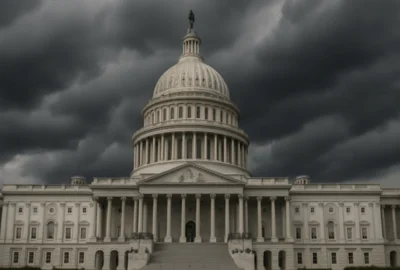The Bureau of Reclamation has issued a Finding of No Significant Impact (FONSI) related to flow changes which are necessary for proposed repairs to the Deadwood Dam access bridge, as well as bull trout research immediately below the dam, which is located on the Deadwood River in Valley County, Idaho.
After considering the analysis of environmental effects in the Draft Environmental
Assessment and through the public comment period on the proposal, Reclamation has determined that an Environmental Impact Statement (EIS) is not required, and the project will go forward as planned.
Flows from Deadwood Dam will be reduced over a 24-hour period beginning Aug. 22, 2010.
In order to make repairs to the access bridge due to erosion and to conduct bull trout research, releases from the dam will be at or near zero from August 23 through mid-October. This action will also result in reduced flows in the South Fork Payette River. Fisheries on the Deadwood River will be maintained by tributary inflows downstream of the dam during this period.
Bull trout research activities will begin immediately, while the bridge construction will start September 7.
Deadwood Dam, completed in 1931, is a concrete-arch structure standing 165 feet high. It provides regulated flows for the powerplant at Black Canyon Diversion Dam and for irrigation in the Payette Division and Emmett Irrigation District.
The FONSI and Draft Environmental Assessment are available online at http://www.usbr.gov/pn/programs/ea/idaho/deadwood/index.html.
Printed copies of the document can be obtained by contacting Steve Dunn, Natural Resource Specialist with the Bureau of Reclamation at (208) 383-2222 or via email at sdunn@usbr.gov.
Source: Bureau of Reclamation






